Uniform blog/The Glue Monster: the natural predator of innovation
The Glue Monster: the natural predator of innovation
The Glue Monster: the natural predator of innovation
The last decade has seen the emergence of an amazing class of technologies in the digital-experience sector, which are all native SaaS software that delivers a core service incredibly well along with an API layer for communicating with other services that do the same in other areas. As a result, you can assemble your own digital-experience platforms from the ground up with the most up-to-date technologies and the best tools for the related tasks—and, above all, pay for only the required features. No more expansive platforms that cater to all your teams, just a tailored experience stack that specifically supports your use case.
The benefits are clear, except for a lurking danger brewing in those innovative technologies: glue code.

The handicap of glue code
Glue code has become the unmentioned, but essential, logic that brings technologies together. Instead of using a unified platform that merges content from repositories with UI code to build and deliver a presentation to browsers, apps, etc., modern microservices-led approaches require code that calls the microservice or API, retrieves the right content, and then paints that content into a presentation framework like Next.js or Nuxt. In essence, glue code is the plumbing from the back-end repositories to the front-end visual layer of modern web and mobile experiences.
As efficient as glue code might seem to be with a single system, the approach gets exponentially nightmarish in the case of multiple systems, requiring more and more glue code to enable the back-end repository to talk to the front end and the backend systems to communicate with one another. That means you need three systems—one for the front end and two for the back end (CMS and DAM), which require 2 x 3 = 6 integrations. Adding a commerce system would require 3 x 4 = 12 integrations. Bring in a CDP and you need 20 integrations; adding search to the pile would necessitate 30. And so on. That’s how the Glue Monster is born and how it can undermine all your KPIs.
The danger of Glue Monsters
Over time, the Glue Monster grows rapidly while sapping your organization’s operational velocity like barnacles on the hull of a ship. Every line of code you write you must own and maintain, and integration code is often the trickiest to own. Not only that, APIs constantly evolve and need tweaks, yet developers come and go, taking vital expertise with them and slowing down operations and delivery of features that make a difference to end-users—and the bottom line.
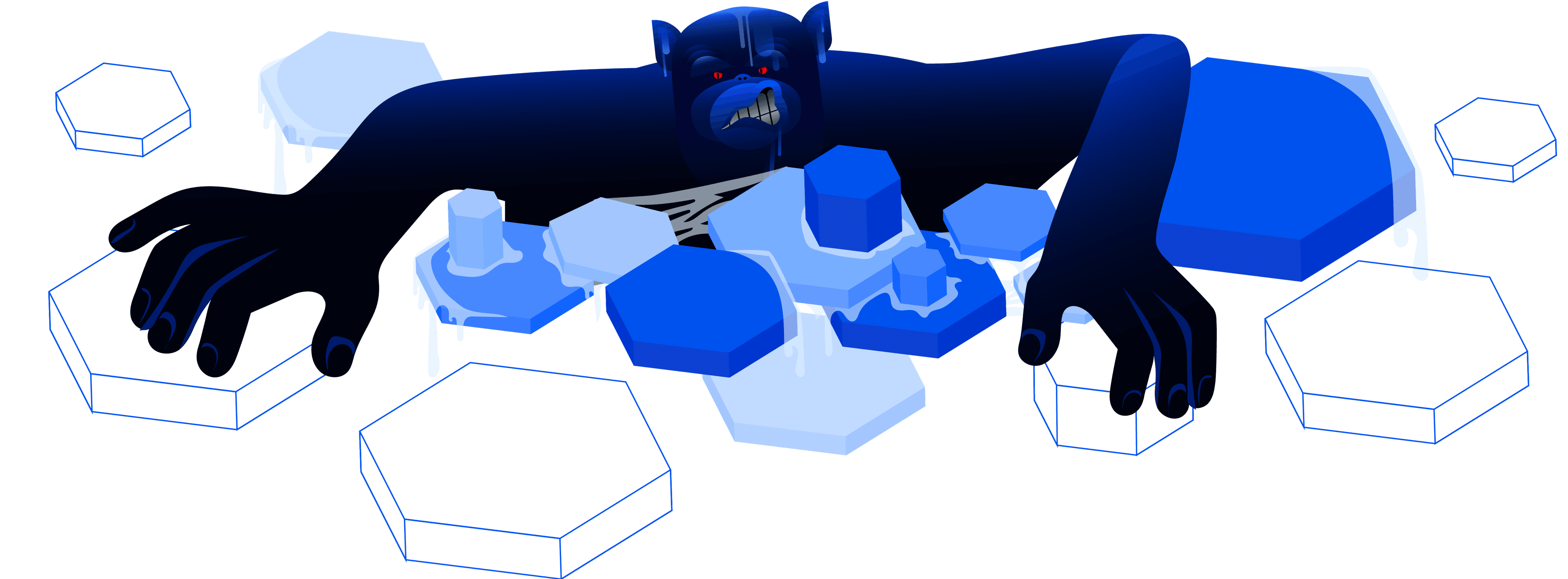
Even if the Glue Monster is not causing problems day to day, it’s waiting to pounce, creating a mountain of technical debt dealing with outdated glue code that delays projects and forces teams to revamp the entire infrastructure before innovating or adopting new models. Developers detest dealing with technical debt, as proven by your employee attrition rates.
The real threat to marketers
The Glue Monster problem impacts marketers even more, robbing them of the ability to do simple tasks like building pages themselves and the satisfaction of owning their own workflows and achievements. If you’re stuck in glue code, replacing front-end frameworks or rebranding is painfully slow.

The real danger the Glue Monster poses is that it lengthens the developer backlog and wait times for marketers, who are always on a tear to launch campaigns, release products, or update offers. In a tough market, in particular, the fastest and most agile businesses often win.
That’s why the Glue Monster is Enemy No. 1 for an organization. It’s time to put a target on its back.
The importance of killing the Glue Monster
Toward that end, Uniform Digital Experience Composition Platform (DXCP) eliminates the need for glue code, seamlessly and efficiently bringing together your CMS, DAM, PIM, and other systems. With Uniform DXCP, the back-end repositories are directly integrated with the front-end visual layer, hence no need for developers to build and maintain complex integrations. Such an approach not only saves time and resources, but also reduces the risk of technical debt, making it easy for teams to innovate and adopt new models. The result is a faster, more agile business that responds quickly to market demands, with marketers owning their workflows and successes.
In short, with Uniform DXCP as the solution to the Glue Monster, you can transparently and expeditiously build digital experiences with data from your systems. Do request a free demo from us—not the least to find out how to defeat the Glue Monster.
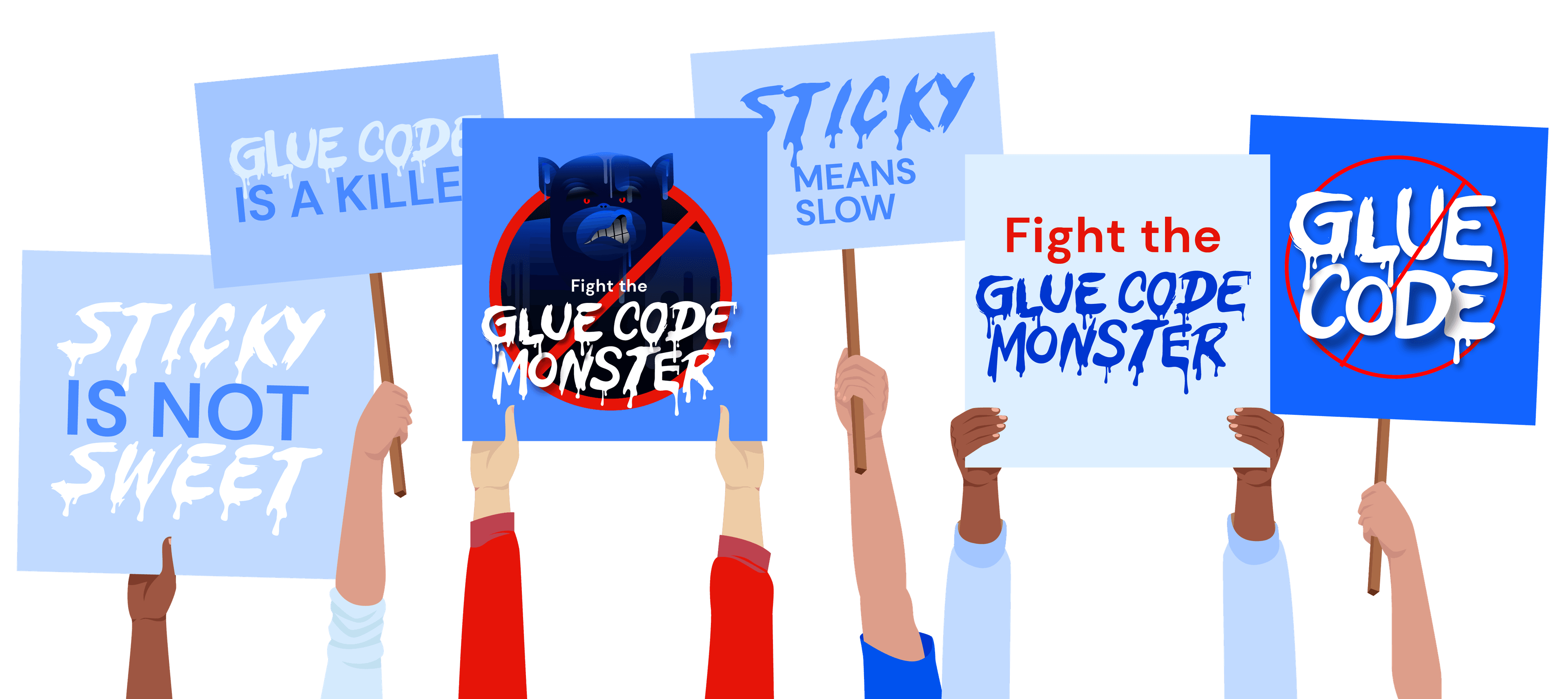


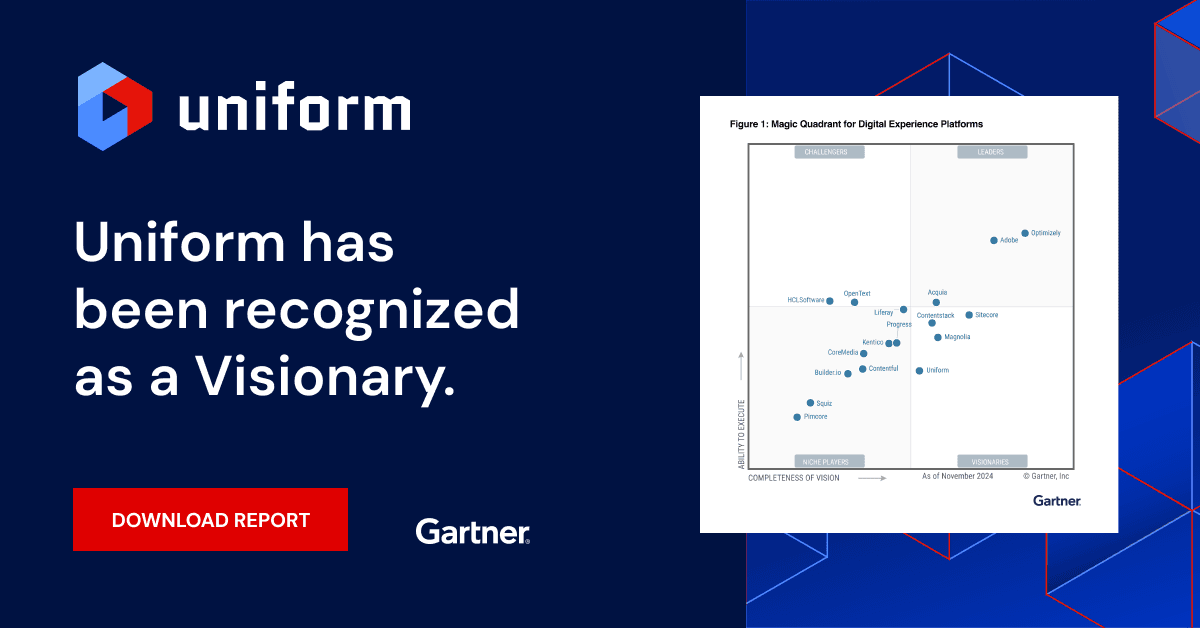
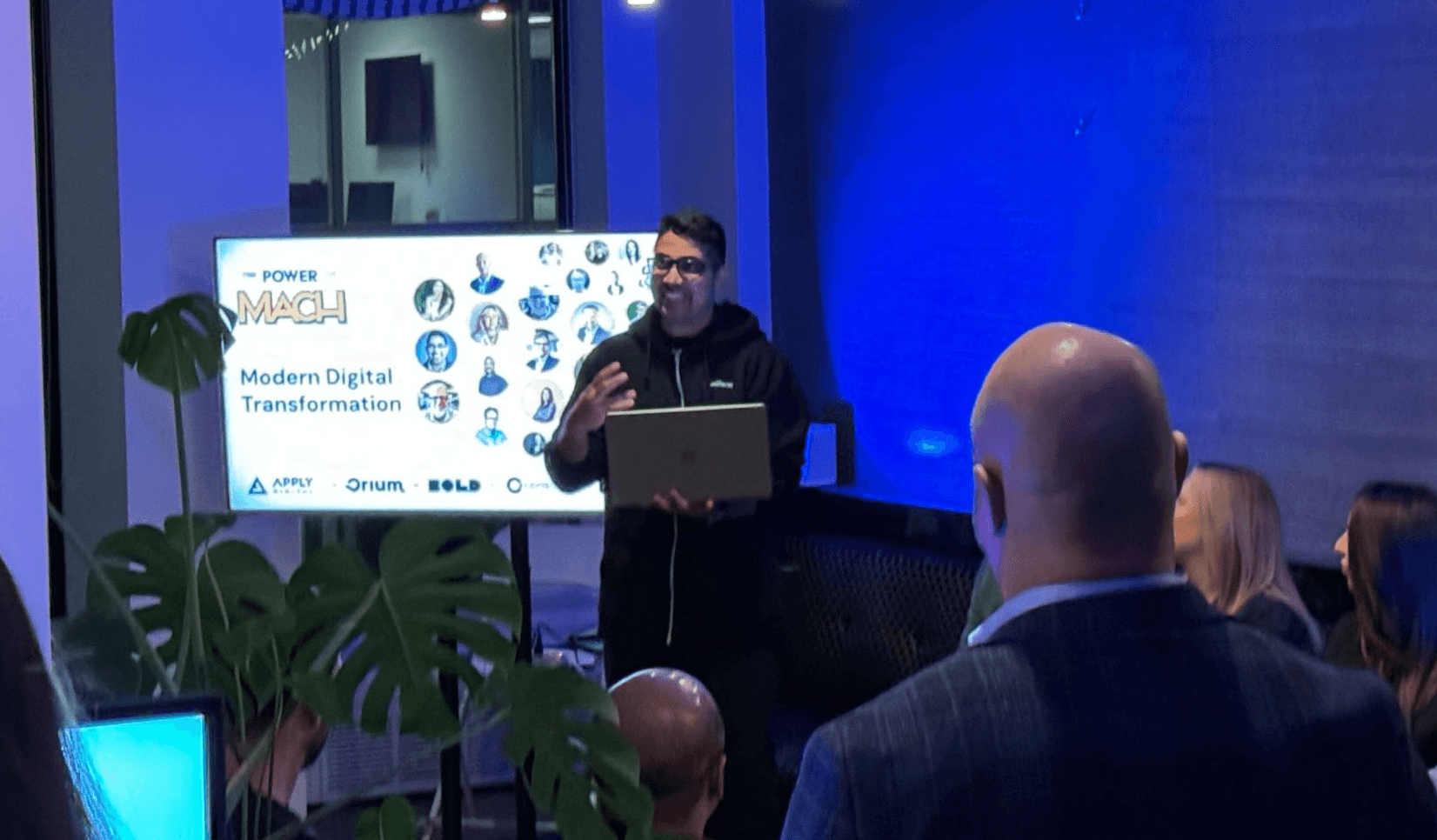

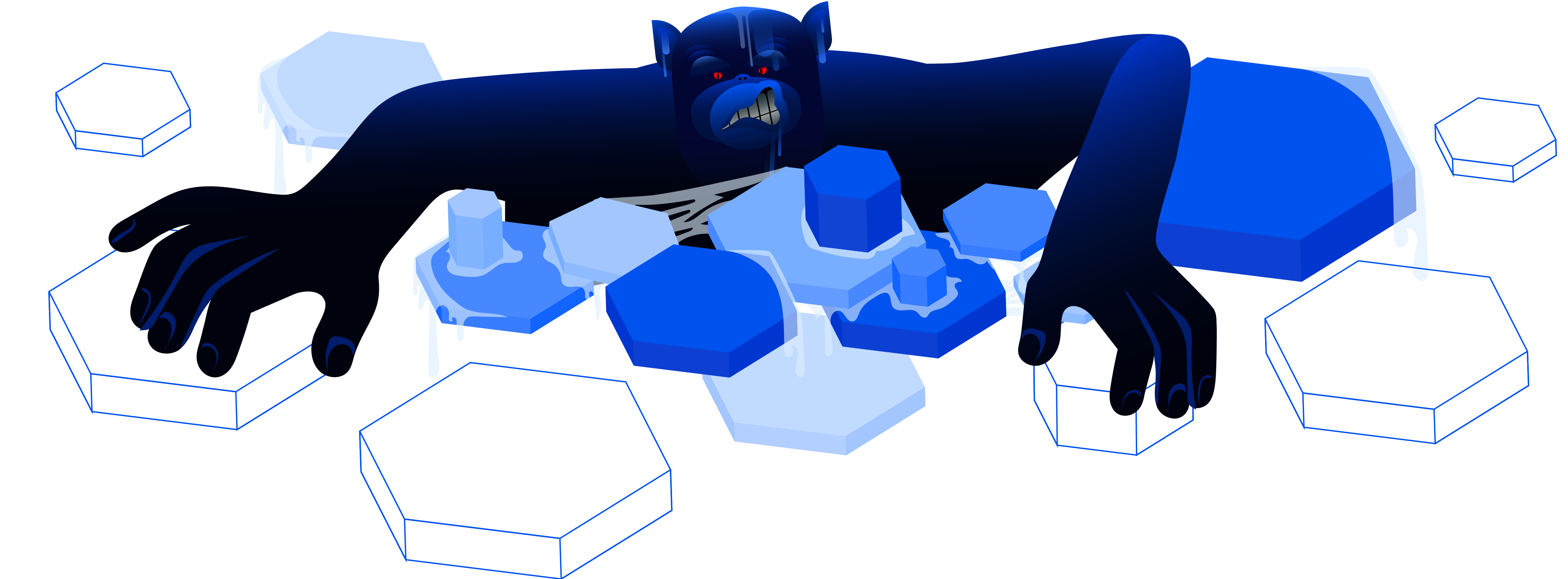
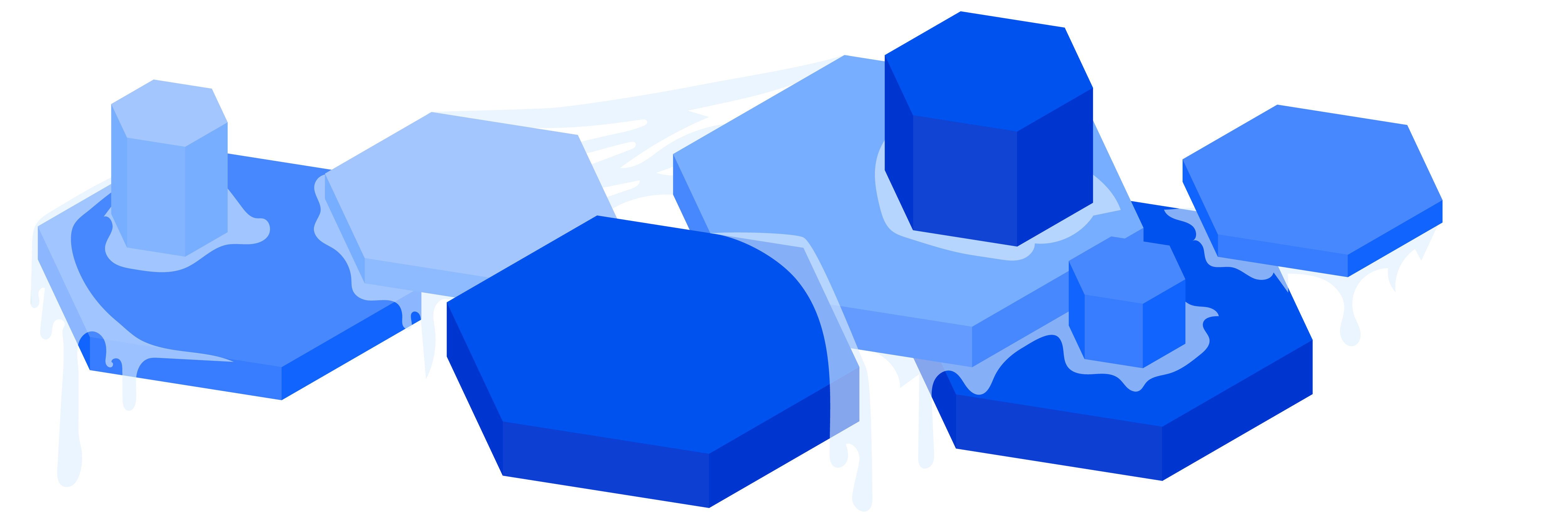
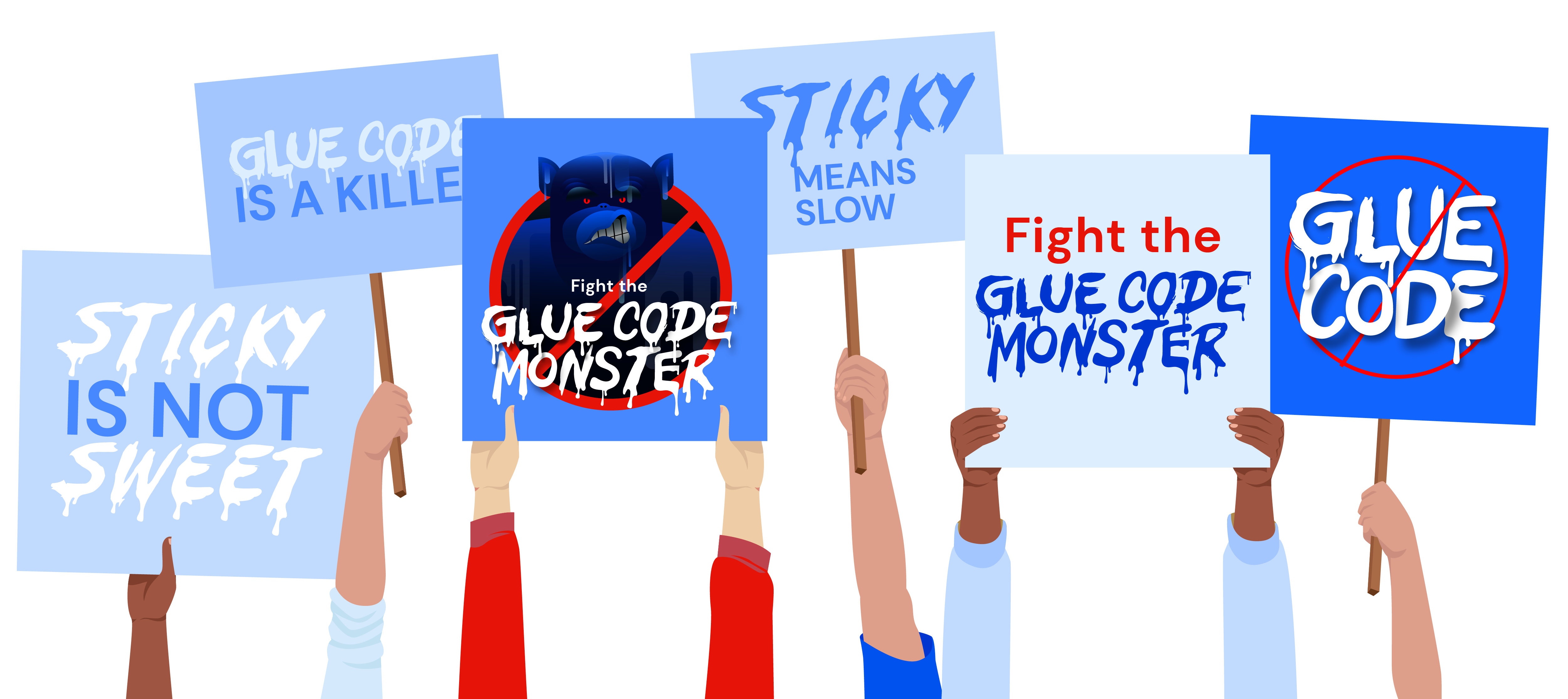
.png&w=1080&q=90)
.png&w=1080&q=90)
.png&w=1080&q=90)